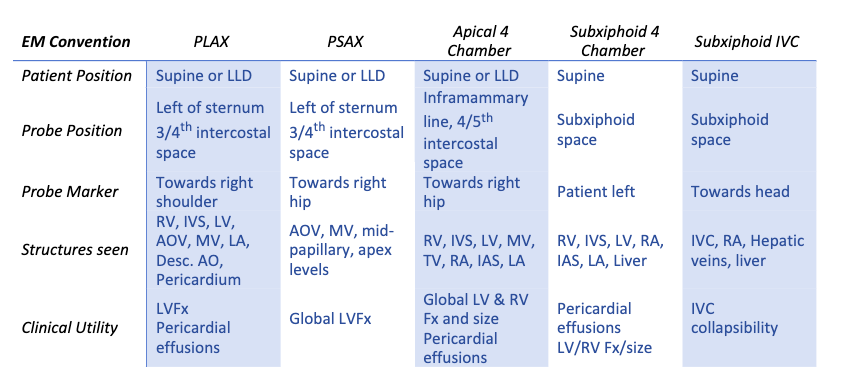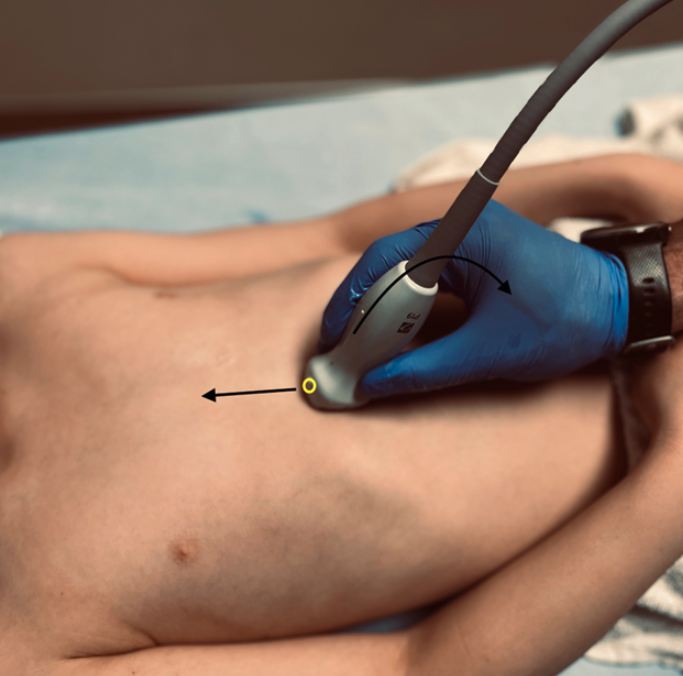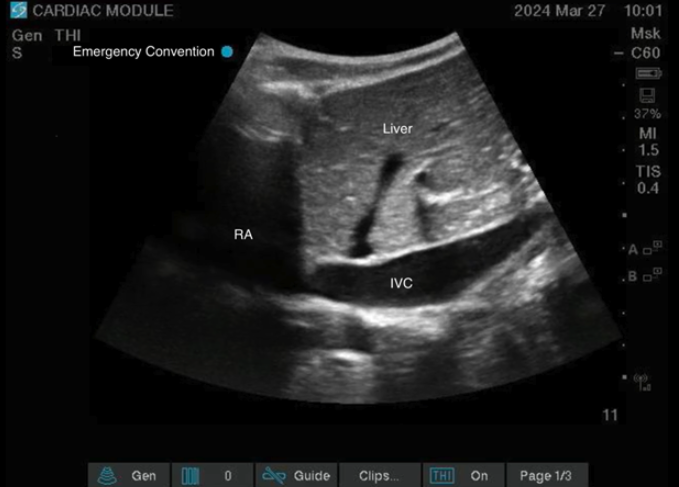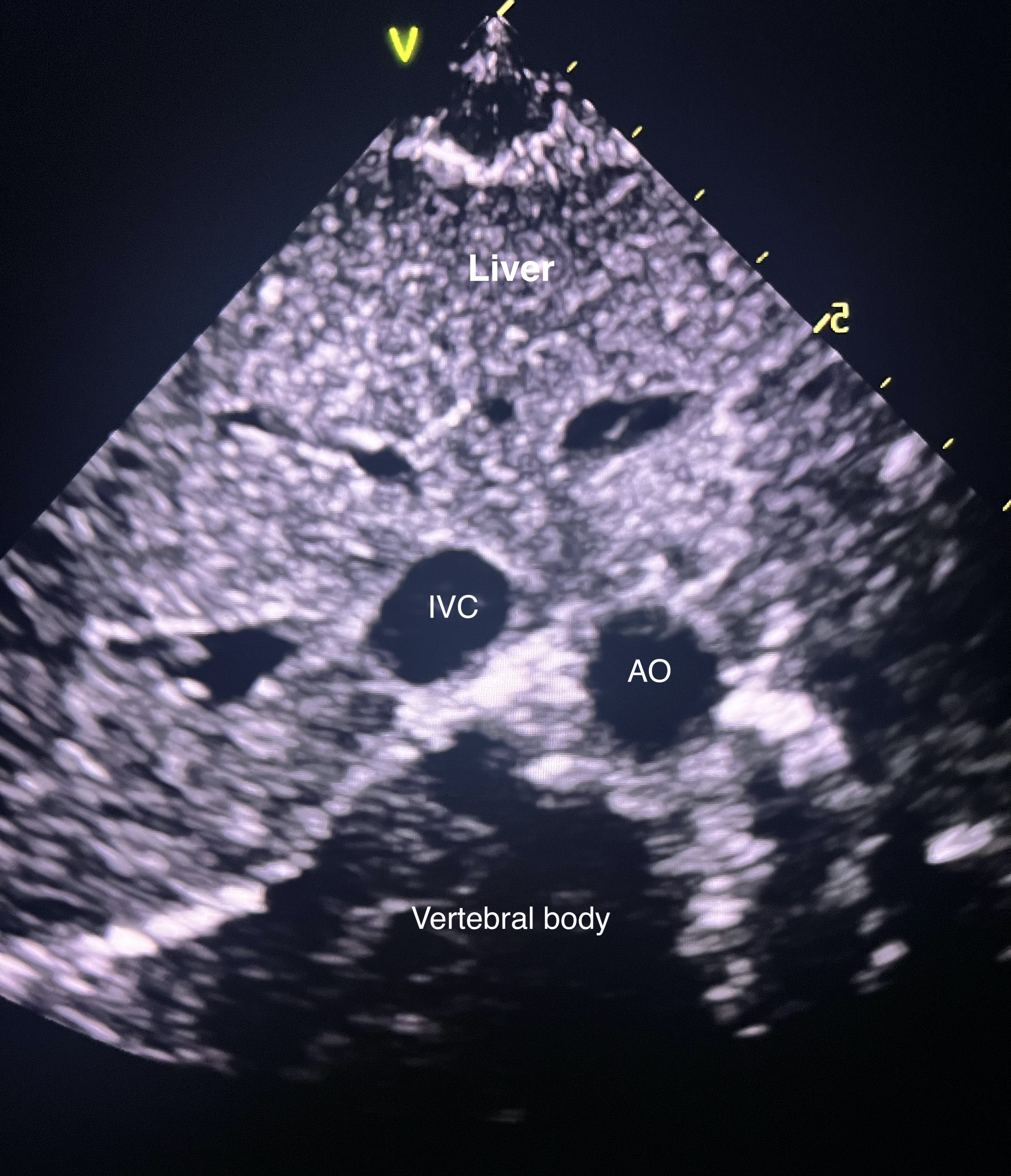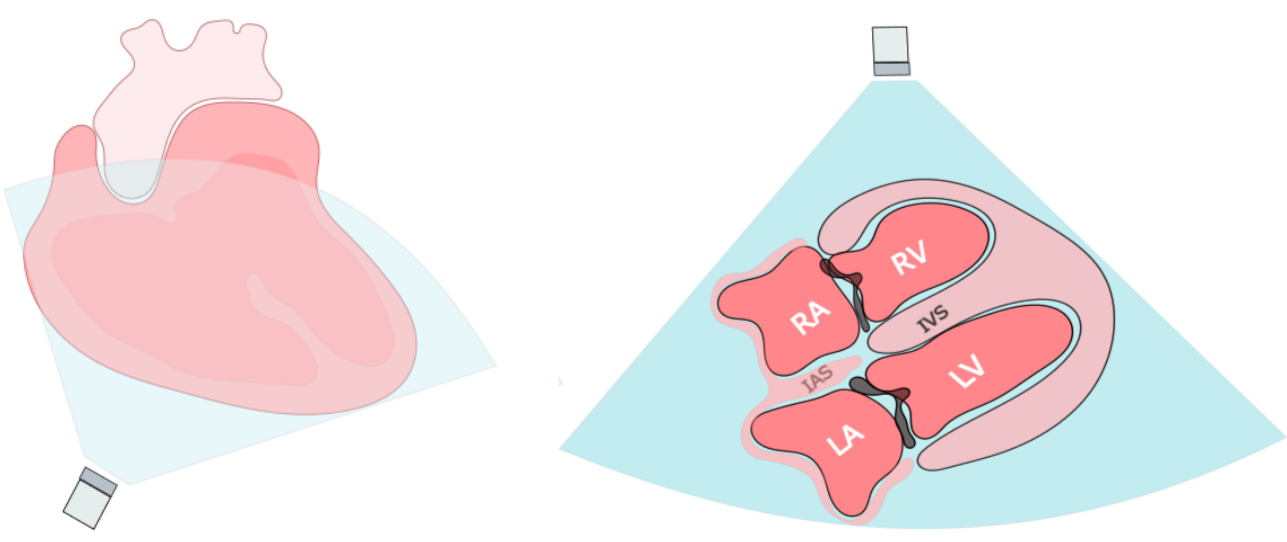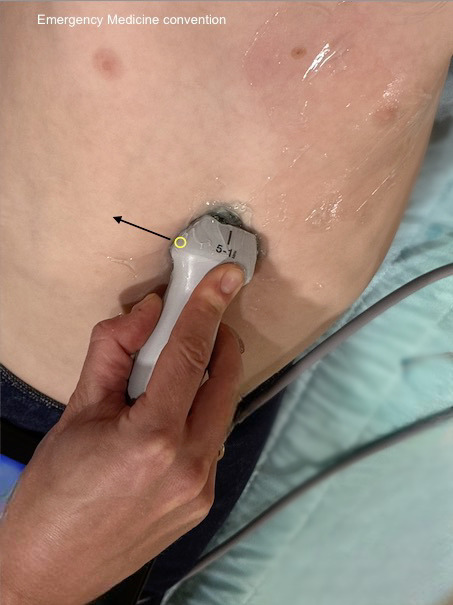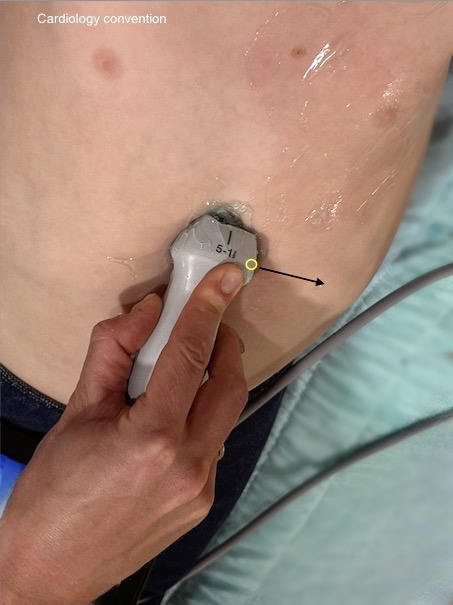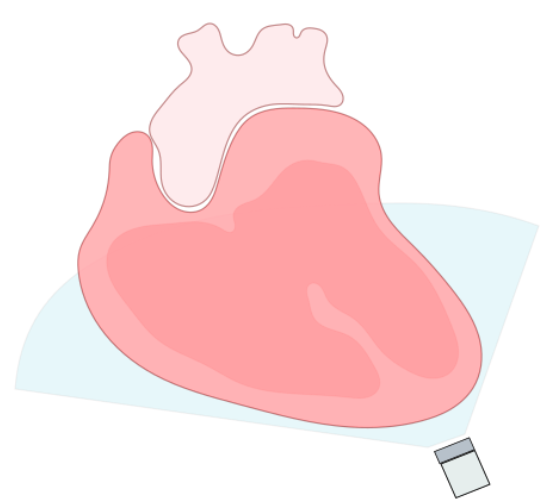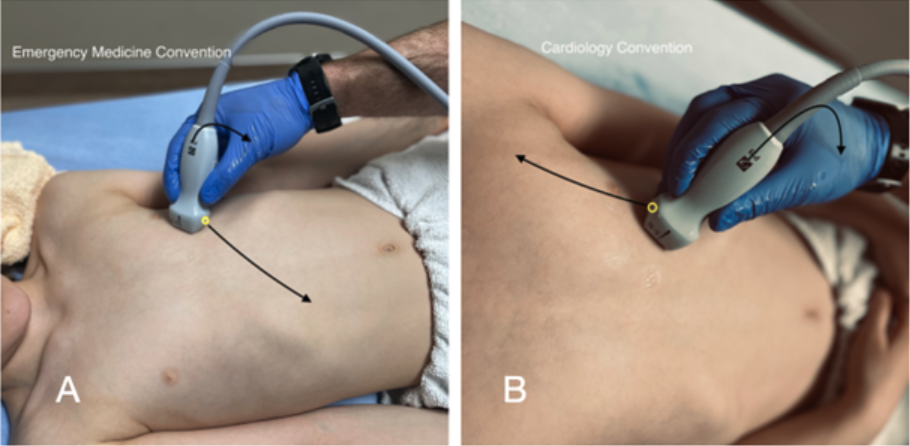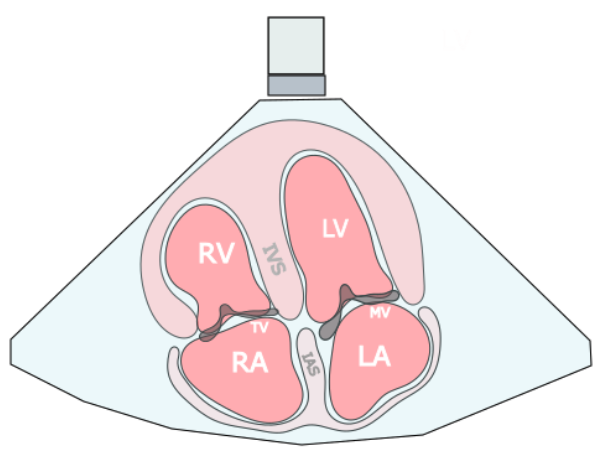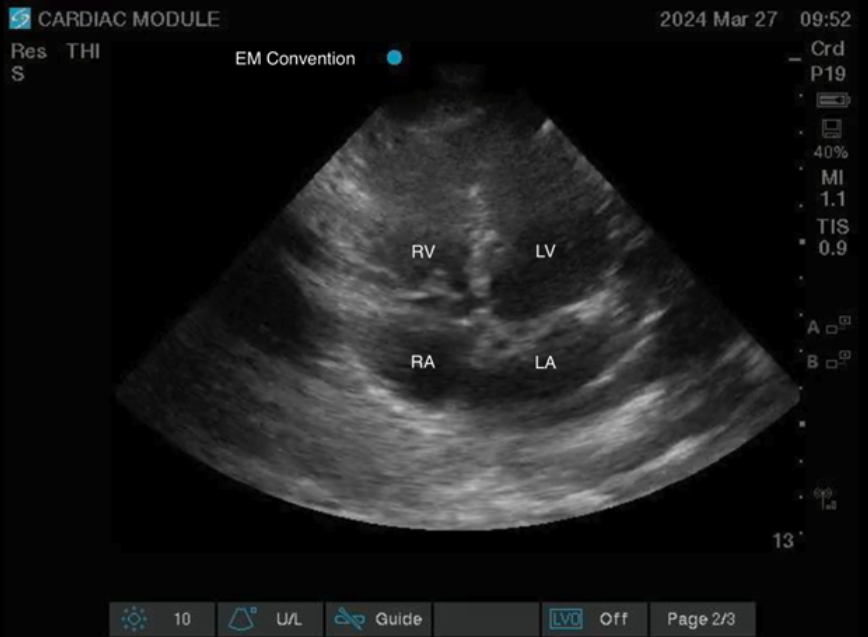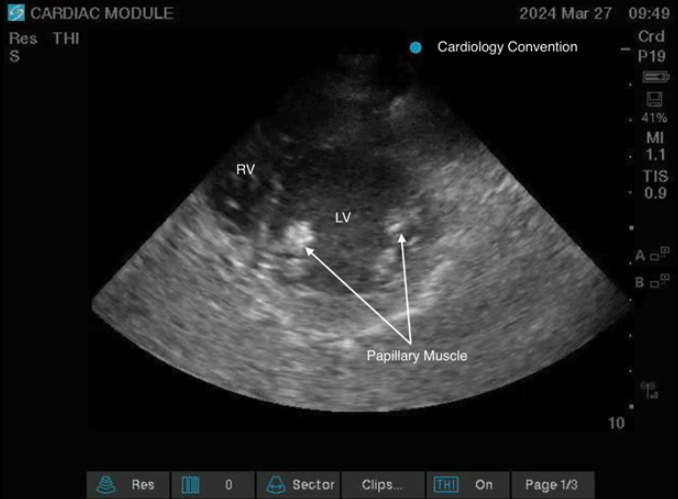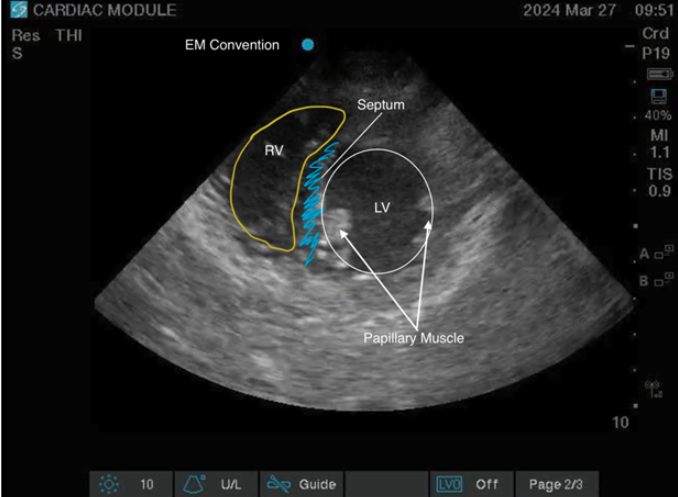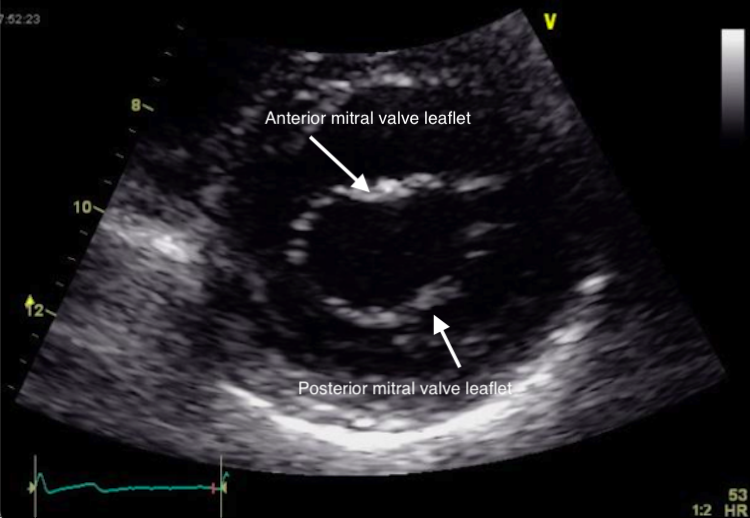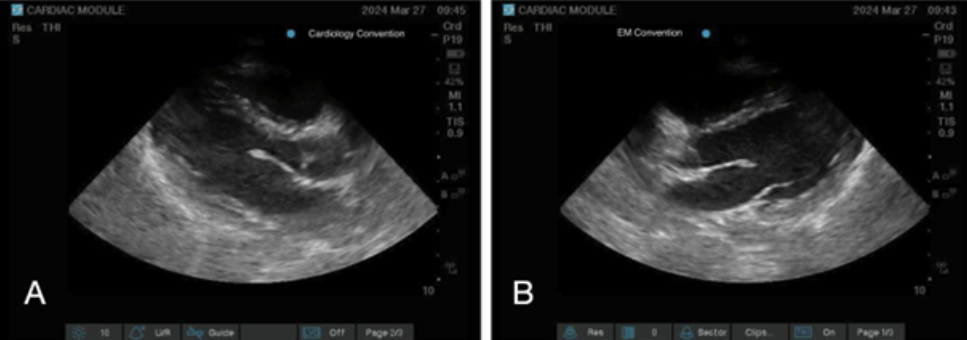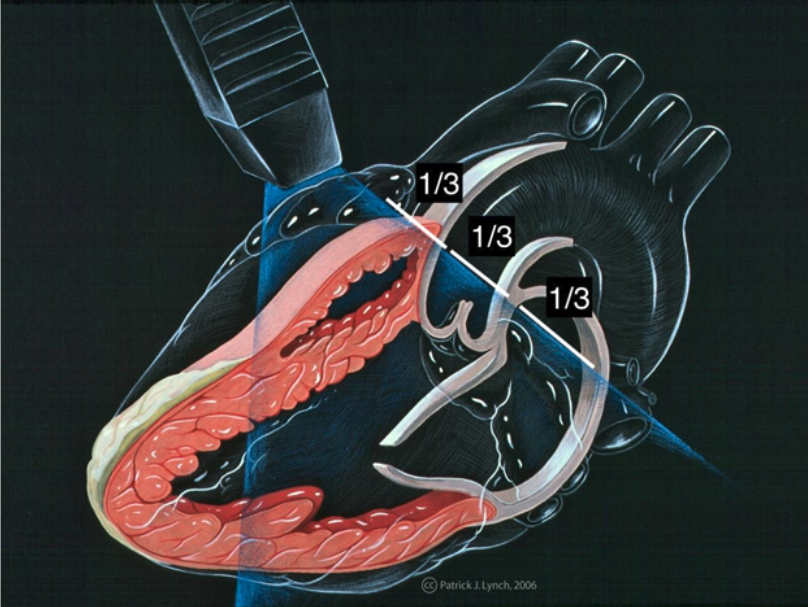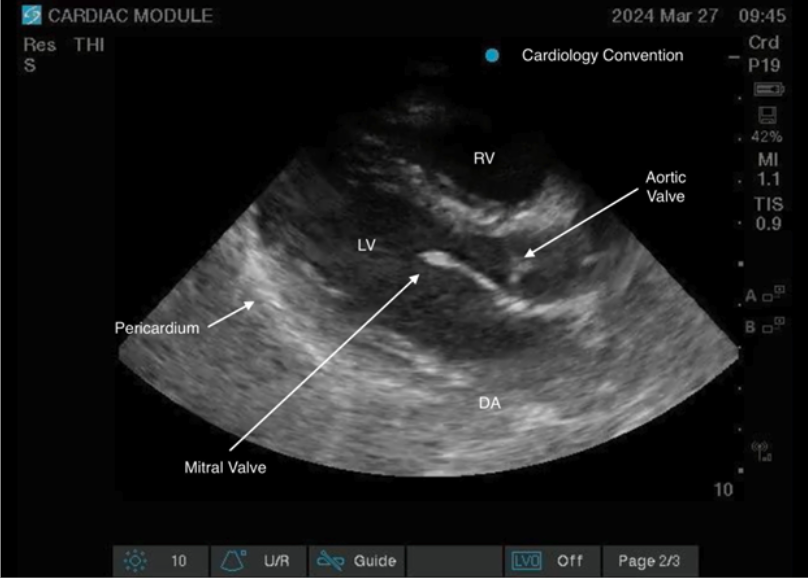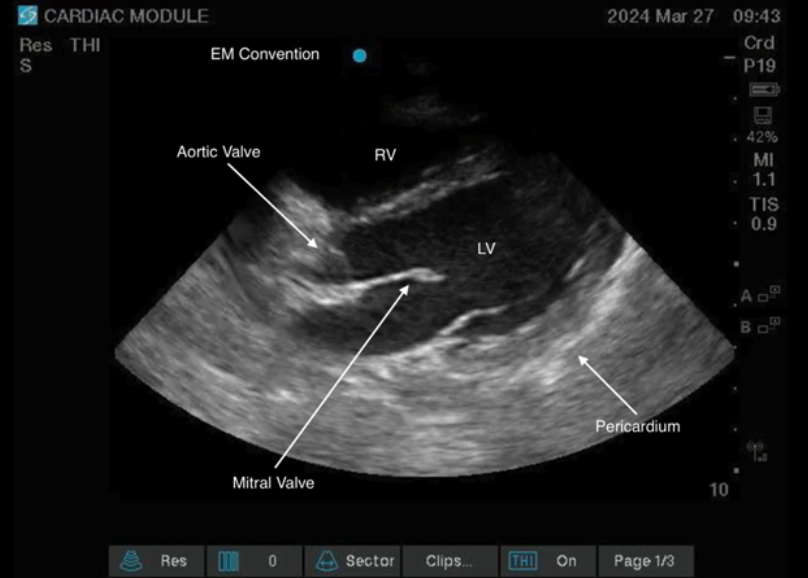Introduction
Endotracheal intubation is an essential procedure in the care of critically ill children. Immediate and accurate confirmation of ETT (endotracheal tube) position and depth is essential for ensuring adequate ventilation and oxygenation. Misplaced endotracheal tube insertions may lead to potentially life-threatening complications including inadequate ventilation, mainstem intubation, lung collapse, pneumothorax, hypoxia and cardiorespiratory arrest [1].
Traditional methods to confirm ETT placement such as auscultation and visualization of condensation in the ETT are not consistently reliable [2, 3]. According to the American Heart Association and Pediatric Advanced Life Support guidelines, end-tidal and colorimetric capnography are the current gold standard for assessment of endotracheal intubation [4, 5]. Unfortunately, capnography may be limited in cardiac arrest due to poor ventilation and poor lung perfusion which limits the delivery of carbon dioxide [6]. While direct visualization of the endotracheal tube passing through the vocal cords is helpful to confirm ETT placement, it is not always possible in complex airway situations.
Despite the aforementioned methods esophageal intubation still occurs in up to 4% of adult intubations [7] and is more common during cardiopulmonary resuscitation with a reported rate of 10% [8, 9]. The failure rate at first attempt endotracheal intubation in children is even higher (41%) [1]. The depth of ETT insertion is often evaluated using chest radiographs [10]. This may delay patient care if access to radiography is limited and exposes patients to radiation.
Point-of Care Ultrasound (POCUS) of the airway can also be a useful adjunct to help clinicians confirm ETT position and depth and to evaluate the anatomy prior to performing a surgical airway.
Why Point-Of-Care Ultrasound?
Airway POCUS allows clinicians to visualize the position of the ETT in real time. This technique can be performed both during (dynamic phase) and following (static phase) endotracheal intubation. Further, recent meta-analyses have shown POCUS to have high diagnostic accuracy with a sensitivity of 98% and a specificity of 95% when used for ETT confirmation in the adult population [11].
Airway POCUS for confirmation of ETT position is rapid. It can typically be performed within 9 seconds by expert sonographers and 36s by novice sonographers [12]. On average, the time to confirm ETT position using ultrasound is less than 10 seconds [8, 13]. Moreover, the learning curve for distinguishing between esophageal and endotracheal intubation on imaging is steep and rapid. Emergency physicians have demonstrated the ability to quickly (average 4s) and accurately (90%) identify the correct placement of the ETT on ultrasound videos and images [14].
Airway POCUS correlates with capnography in patients who are not in cardiac arrest [15] and can be performed non-invasively during cardiopulmonary resuscitation in arrest scenarios when capnography results are not reliable [8].
In the context of surgical airways, POCUS can also be used to identify the cricothyroid membrane in children [16]. Ultrasound outperforms digital palpation of the cricothyroid membrane in children [17]. Furthermore, its application has been linked to improved success rates in correct cricothyroid tube placement in adult patients[18, 19]. However, it is important to note that using ultrasound in this context can be more time consuming. Ultrasound use will typically take 17s, compared to traditional palpation which takes about 8s [20]. This time cost may be worthwhile in patients with higher BMI where palpation may be more difficult or in the anticipated difficult airway when there is sufficient time prior to intubation.
Airway POCUS has also been proposed as a risk prediction tool for difficult laryngoscopy in adults. Pediatric literature on prediction of airway difficulty is scant and beyond the scope of this module.



